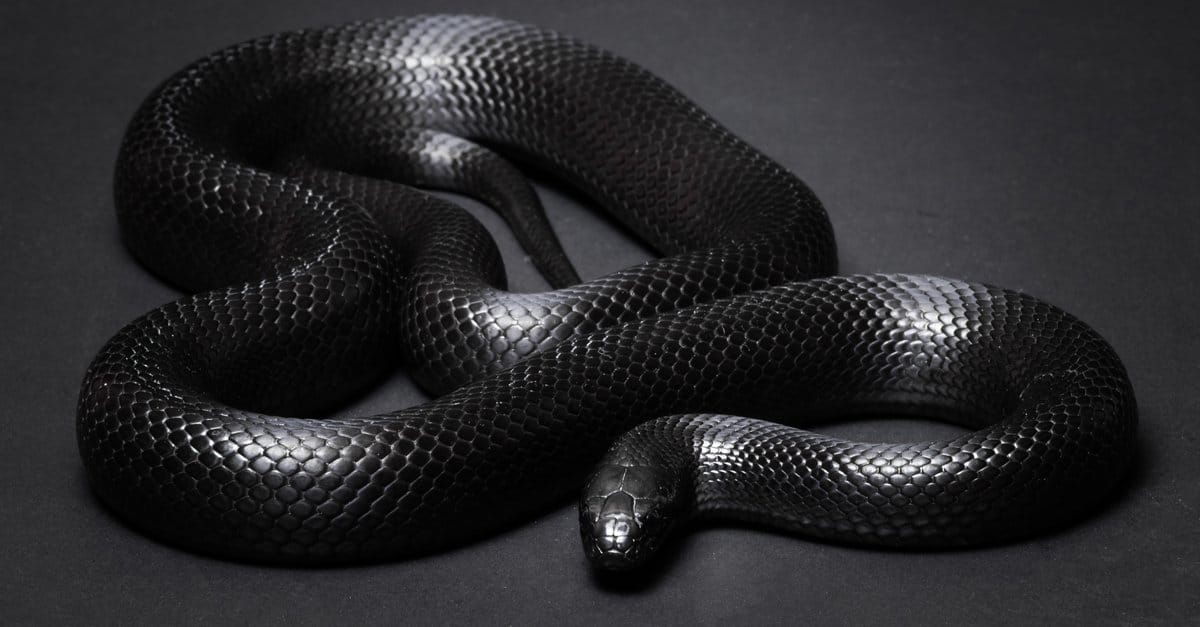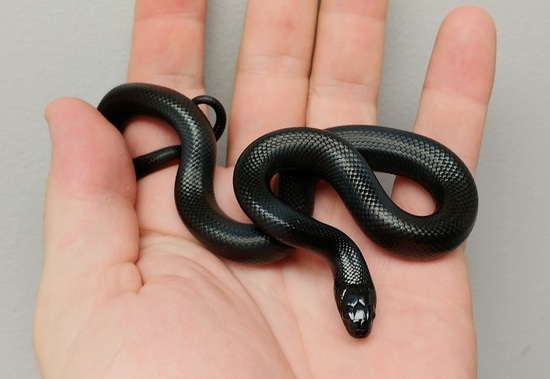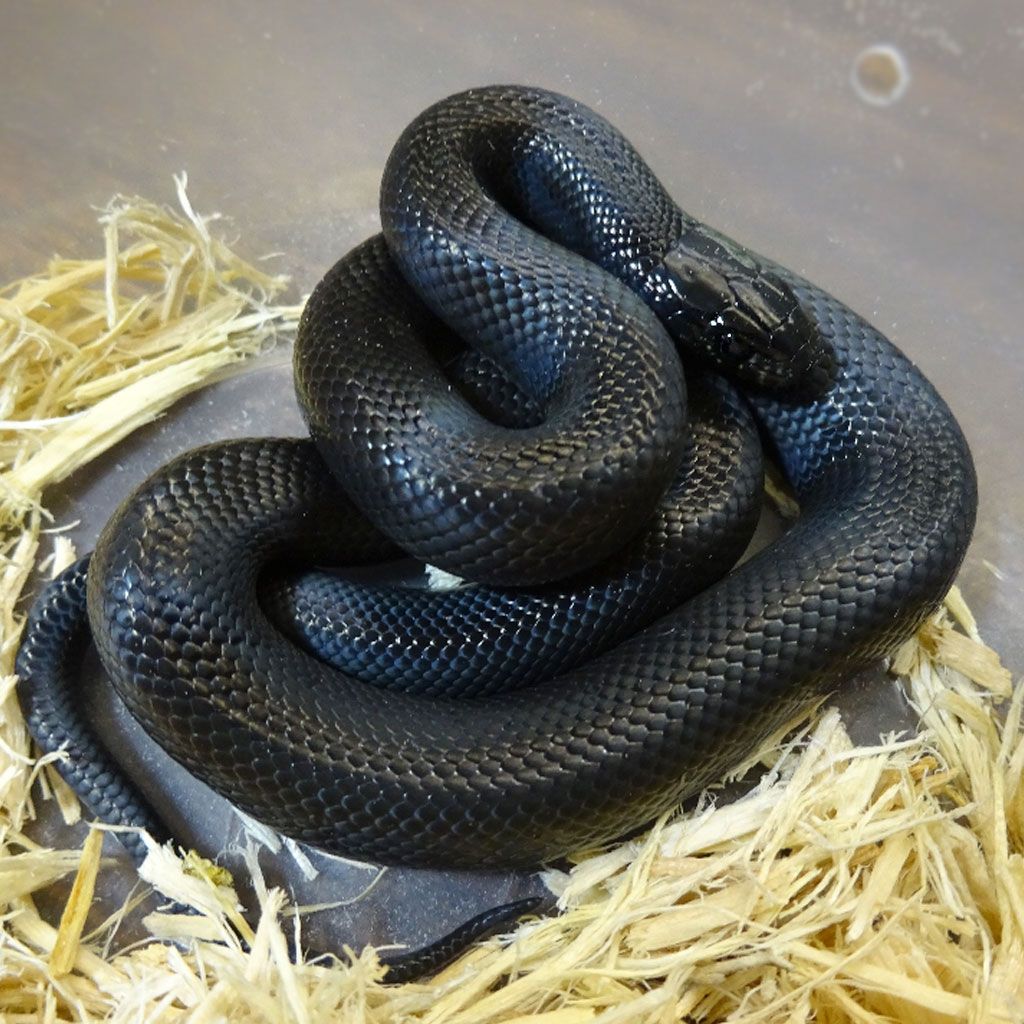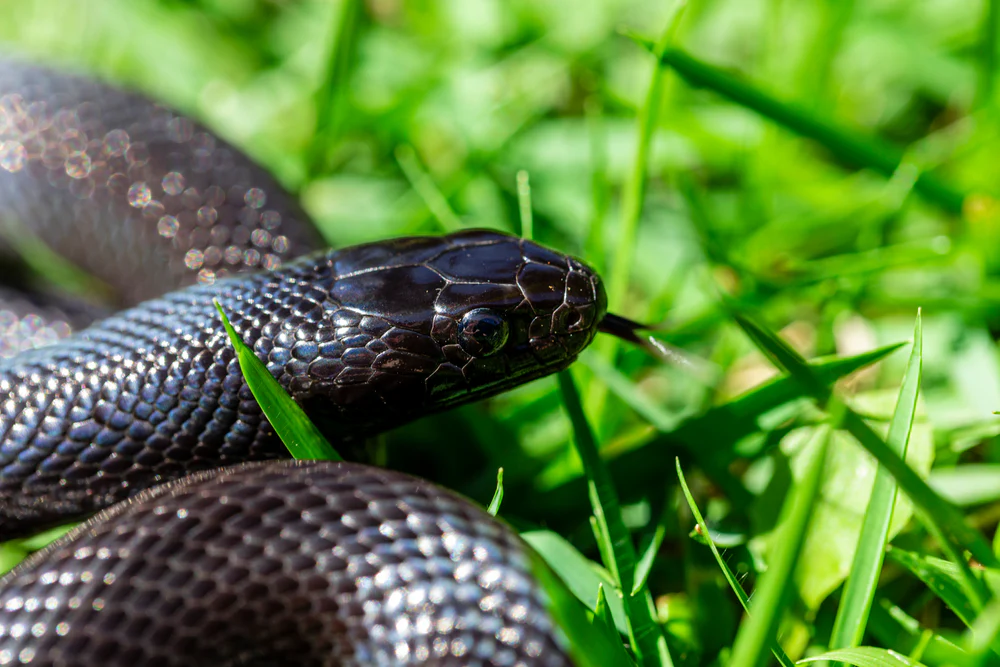Breeding Mexican Black King Snakes (Lampropeltis getula nigrita) is an exciting endeavor for reptile enthusiasts. Known for their striking appearance and manageable size, these snakes have gained popularity in the pet trade. Understanding the breeding process not only contributes to the preservation of the species but also enhances the knowledge of snake husbandry among breeders.

Overview of Mexican Black King Snakes
Brief Description of the Species
The Mexican Black King Snake is a strikingly beautiful snake characterized by its glossy black scales and iridescent underbelly. Typically reaching lengths of 3 to 4 feet, these snakes are slender and can live for over 20 years in captivity. Their docile nature makes them suitable for both novice and experienced snake keepers.
Popularity Among Snake Enthusiasts
Their unique coloration and temperament have made Mexican Black King Snakes a favorite among reptile enthusiasts. They are often one of the first kingsnake species bred in captivity, contributing to their availability in the pet market.

Importance of Breeding Mexican Black King Snakes
Conservation Benefits
Breeding Mexican Black King Snakes in captivity helps relieve pressure on wild populations and supports conservation efforts. As habitat loss and environmental changes threaten their natural habitats, captive breeding programs can play a crucial role in preserving genetic diversity.
Contribution to Captive Breeding Programs
Captive breeding also allows for the study of genetics and behavior, providing insights that can aid in the conservation of other snake species. Breeders can contribute to educational programs that promote responsible ownership and conservation awareness.
Understanding Mexican Black King Snakes
Species Profile
The scientific classification of the Mexican Black King Snake places it within the colubrid family. These snakes are known for their robust bodies and can weigh up to 3 pounds. In the wild, they inhabit rocky and semi-desert regions, displaying a range of behaviors, including burrowing and swimming.
Housing and Care Requirements
Ideal Enclosure Setup
For adult Mexican Black King Snakes, a spacious enclosure measuring at least 48x24x24 inches is recommended. This allows ample room for movement and exploration. Substrates such as aspen shavings or reptile carpet are suitable, providing both comfort and ease of cleaning.
Temperature, Humidity, and Lighting Needs
Maintaining a temperature gradient between 75-90°F is essential, with a basking area reaching 85-90°F. Humidity levels should be kept moderate, around 40-60%, which can be adjusted during shedding periods. While UVB lighting is not mandatory, it can be beneficial for overall health.

Preparing for Breeding
Selecting Breeding Pairs
When selecting breeding pairs, it is crucial to identify healthy males and females. Both should be at least 2 years old and of adequate size to ensure successful breeding.
Health and Pre-Breeding Checklist
Before breeding, conduct veterinary check-ups to ensure both snakes are free from diseases and parasites. Proper nutrition should be maintained leading up to the breeding season, with females receiving extra food to prepare for the energy demands of reproduction.
Breeding Process
Setting Up the Breeding Environment
To mimic natural conditions, introduce temperature fluctuations that simulate seasonal changes. A drop in temperature can encourage breeding behavior, while a suitable nesting area should be provided for the female.
Mating Behavior and Pairing
During the mating process, observe the courtship rituals, which may include the male following the female and engaging in “locking” behavior. If issues arise during pairing, separate the snakes and try again later.

Egg Incubation and Hatchling Care
Egg Care and Incubation
Once eggs are laid, handle them carefully to avoid damage. The optimal incubation conditions involve a temperature range of 26-28°C, with an incubation period lasting 70-75 days.
Hatching and Neonatal Care
Prepare for the arrival of hatchlings by setting up individual enclosures. Initially, feed the hatchlings small, appropriately sized prey every 5-7 days, ensuring they are healthy and thriving.
Post-Hatching Care
Managing Hatchlings
Each hatchling should be housed separately to prevent stress and competition for food. Monitor their growth and adjust feeding schedules accordingly.
Long-Term Care and Responsible Ownership
- Ongoing Health and Habitat Management
Regular health checks and habitat maintenance are vital for the long-term well-being of Mexican Black King Snakes. Ensure that their living conditions remain optimal as they grow.

Common Challenges and Solutions
Addressing Breeding Issues
Breeding can present challenges, such as lack of interest from either snake. Ensure that environmental conditions are favorable and that both snakes are healthy.
Dealing with Health Concerns
Common health issues include respiratory infections and parasites. Regular veterinary check-ups and a clean habitat can help mitigate these risks.
Conclusion
Breeding Mexican Black King Snakes involves careful planning, from selecting healthy pairs to providing optimal incubation conditions for eggs.
Responsible breeding practices are essential to ensure the health of the snakes and the sustainability of the species. By fostering a community of informed and ethical breeders, we can contribute to the preservation of this beautiful species for generations to come.

